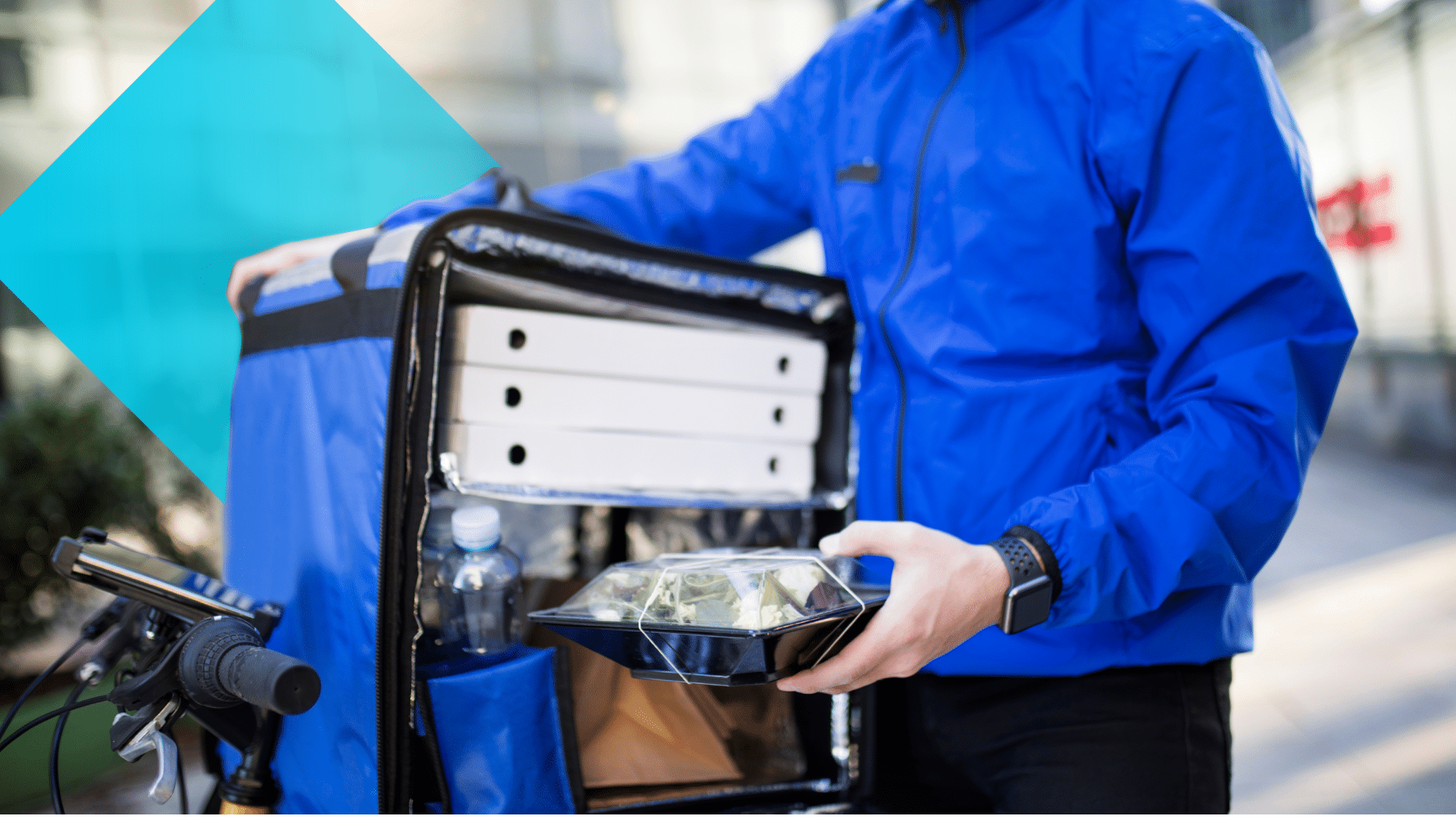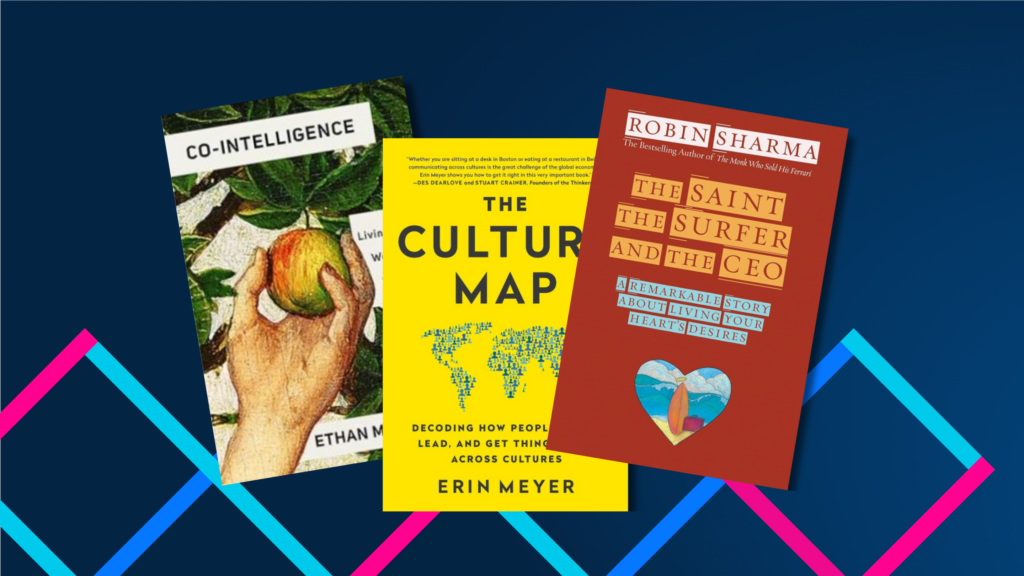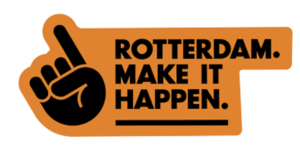It’s no secret that Americans are fond of third-party food delivery apps. But did you know that over eight in ten (85%) are likely to order through one in the next three months? There’s massive opportunity out there for restaurants of all shapes and sizes to capitalize on this growing market, but there’s a catch: when consumers order through third-party apps, not all data is shared with the restaurant, leaving them with an incomplete understanding of the customer experience.
The head of digital at a leading QSR confirmed as much to me. When I asked about their relationship with apps like Uber Eats and DoorDash, she said she’d categorize them as frenemies. They bring customers and provide some data, but you don’t get the full picture.
That got me thinking. If they were dealing with this black hole of data, then there must be countless others feeling the same. That moment provided the inspiration for two waves of research that Toluna conducted in August 2022 and January 2023. Our goal? To get a better understanding of how consumers use these apps, as well as if there’s an impact on future purchases when issues with the order arise—for the restaurant or the third-party app provider.
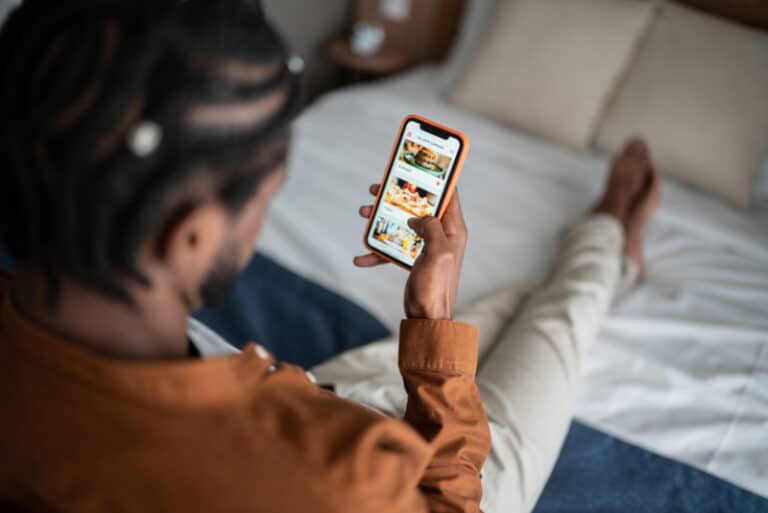
Surveying the industry landscape
Of the 2,000 Americans who were surveyed in January, 45% said they had used delivery or pick-up through a third-party app in the last three months. That’s close to the 50% who reported eating at a restaurant in that same time frame. From an age perspective, the results are relatively unsurprising. Older age groups (56+) make up a significant proportion of non-users, while those between ages 25-45 make up over 60% of third-party delivery app users.
There are a few key players when it comes to delivery and pick-up. When we asked which services consumers had used in the past three months, they named DoorDash (62%), Uber Eats (49%), and Grubhub (31%), each of which significantly outpaced other competitors. Their national coverage and partnerships with national and local restaurants help them earn the highest penetration, while other apps with more regional or state-by-state prominence—like Delivery.com and Gopuff—lag behind.
A similar theme plays out when it comes to restaurant choice. When asked which restaurants consumers had ever ordered from a third-party delivery service, McDonald’s was number one by a distance. Other ubiquitous brands like Taco Bell, Burger King, Wendy’s, KFC, and Pizza Hut comprised the rest of the top six.
How users decide on a restaurant
To understand how users go about deciding on a restaurant, we asked them about their last ordering experience. Surprisingly, just 47% opened the app knowing exactly which restaurant they wanted to order from and followed through with it; that means over half of users (53%) were available for conversion. Of those who hadn’t made up their minds, 41% wanted to order a particular type of food (such as a burger or pizza) but hadn’t settled on a specific restaurant. The remaining consumers either had no idea what they wanted to order (25%) or they planned on ordering from a specific restaurant but changed their mind.
What caused the change of heart? When we asked why they shifted to a different restaurant, nearly six in ten (57%) cited factors related to pricing—such as the original restaurant being too expensive or a different restaurant offering a coupon. In theory, those are things that restaurants can control. However, the other theme that rose to the top was delivery; about four in ten noted issues such as the delivery time being too long or unavailable entirely. With that being said, some people said that they just flat-out changed their mind.
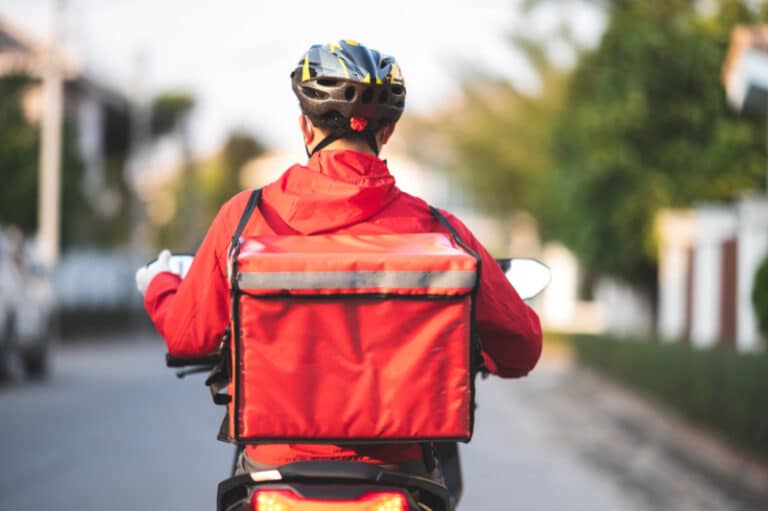
But what about the customer experience?
The customer experience is one of the biggest gaps in data sharing between third-party delivery apps and restaurants, so we wanted to understand how many users have experienced issues. And when they do experience issues, where do they assign blame between the restaurant and delivery?
When asked about the last time they ordered food, over half (55%) of users claimed they had some sort of issue. Nearly half (45%) of the complaints were related to factors controlled by the restaurant, such as a food or drink item being missing from their order or failing to follow food prep instructions. Meanwhile, one-third (34%) of the issues were attributable to the third-party food app, like delivery time being too long, the driver not following instructions, or the food being tampered with.
Positioning your restaurant for future growth
Despite the complaints, the future of third-party delivery apps remains bright; seven in ten third-party app users say they’re likely to order again in the next three months. And even more promising? Over half (52%) of non-users say they’re likely to order in the same time period. For restaurants, this speaks to both the stability of this category and the importance of optimizing the customer experience.
Whether it’s adding more eye-catching images or offering coupons to encourage consideration, restaurants need to ensure they’re well positioned to sway the many users who open the app undecided. And once the order has been made, they need to control the factors they can before the exchange is made to the delivery service. In doing so, they’ll be better positioned to beat out the competition in a third-party delivery market that should only continue to grow in years to come.

